In the fashion industry, Bamboo silk is often considered a sustainable and eco-friendly Alternative to t raditional silk. This is a Vegan form of having Silk; cruelty free as it is made of Bamboo plant. As consumers become more conscious about the environmental impact of their purchases, many fashion brands are looking for ways to incorporate more sustainable materials into their collections. This silk offers an attractive option, being made from a fast-growing plant that requires fewer resources to grow comparatively to traditional silk. And so this becomes Bamboo Silk-The Silk Alternative- A Vegan Silk.
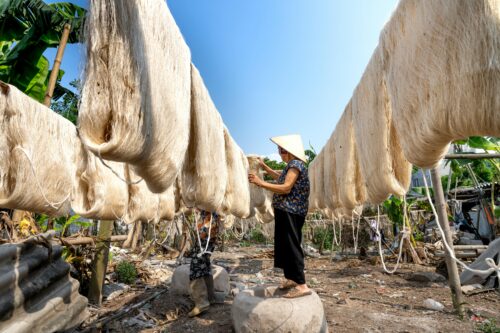
In this Article we have following topics:
- Origin of Bamboo Silk-The Silk Alternative
- What is Bamboo Silk
- Being use for
- Bamboo-silk Vs Silk
- Bamboo Silk And India
- Market cap of Bamboo
- Price
- Available Shopping Places
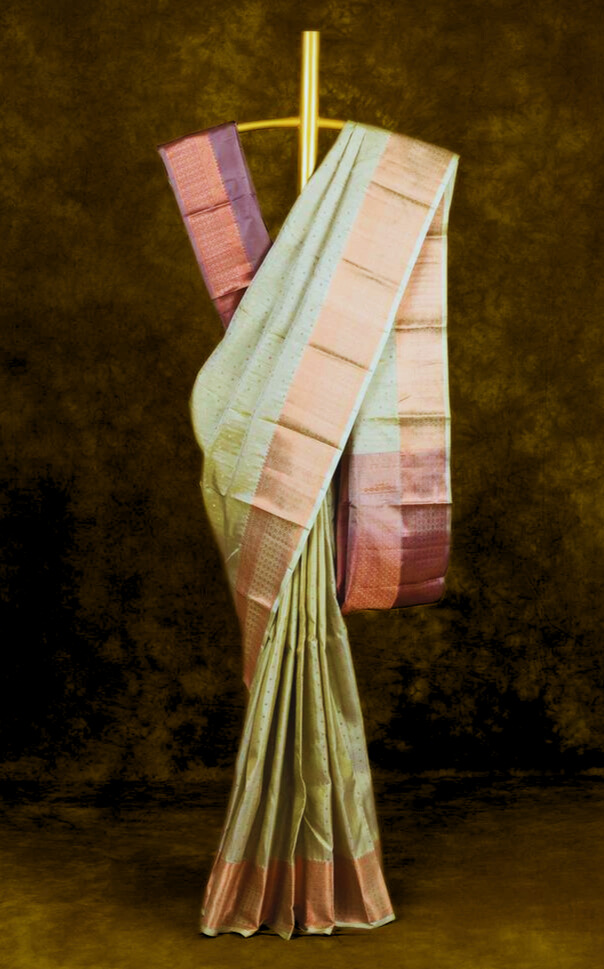

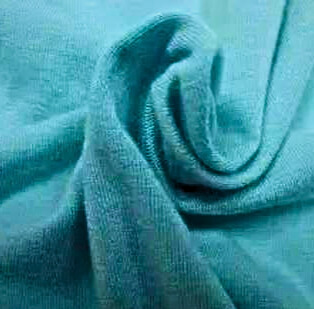
Origin of Bamboo Silk-The Silk Alternative
The origin of bamboo as a plant can be traced back to ancient China. There it has been cultivated for thousands of years. The use of bamboo as a material in the textile industry is a more recent development, dating back to the late 20th century. The exact year of its introduction as a source material for textile production is not clear, but it became more widely used as a sustainable alternative to traditional textiles in the early 2000s. It’s a popular material in the fashion and textile industries and continues to gain popularity due to its eco-friendliness and softness.
Manufacturers produce bamboo silk, also known as bamboo viscose or bamboo rayon, by using the pulp of bamboo plants to create a type of regenerated cellulosic fiber. People have been cultivating the bamboo plant for thousands of years in ancient China, using it for various purposes such as food, medicine, construction, and textiles.
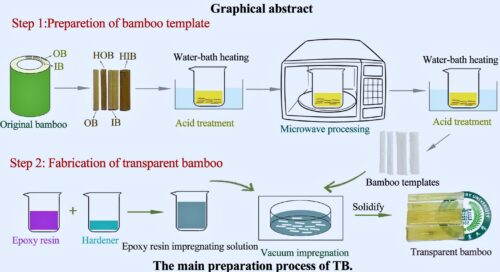
Bamboo’s fast growth rate and minimal environmental impact have made it a popular sustainable and eco-friendly material in recent years. Bamboo plants can grow up to 1 meter per day and do not require pesticides or fertilizers, making them a more sustainable alternative to traditional crops used in textile production.
The production of bamboo silk as a textile material has its origins in the mid-19th century when the French chemist Hilaire de Chardonnet discovered the process of making a similar fiber, viscose, from cellulose. The process was later refined, and bamboo was introduced as a source material in the late 20th century. Today, bamboo silk is a popular material in the fashion and textile industries, prized for its softness, durability, and sustainability.
What is Bamboo Silk-The Silk alternative
It is a type of plant-based fiber made from the pulp of bamboo plants. It is also known as bamboo viscose or bamboo rayon. The process of making bamboo silk involves crushing the bamboo plant and then using a chemical solvent to break down the cellulose fibers into a viscous solution. The solution is then extruded through a spinneret to create fibers that are chemically treated to make them more durable and smooth.
Bamboo silk frequently serves as a sustainable alternative to traditional silk, which silkworms produce. Having similar soft and silky texture like traditional silk but more eco-friendly. It requires less water and pesticides to grow the bamboo plant compared to other crops used in textile production. In conclusion, people have chosen bamboo silk for clothing and bedding because it is more breathable and moisture-wicking compared to traditional silk.
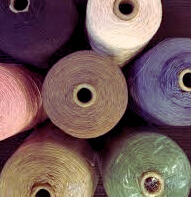
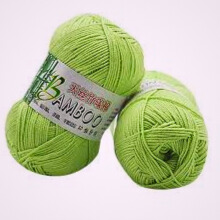
However, it’s worth noting that the chemical processing involved in making bamboo silk can have negative environmental impacts if not properly managed.
It’s important to note as well that the production of bamboo silk does involve the use of chemicals, which can have negative environmental impacts if not properly managed. Some critics also argue that bamboo silk is not truly sustainable, as the production process still requires significant amounts of energy and resources. As with any material, it’s important to consider the entire lifecycle of the product consequently assessing its sustainability.

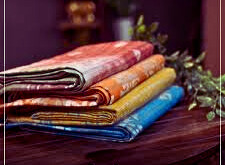
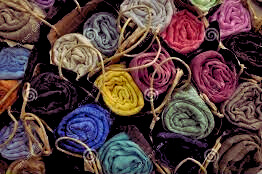
Being use for
A popular material in the textile and clothing industry for it’s softness, breathability, and durability is Bamboo Silk
It has a natural luster and drapes well, making it a versatile choice for a wide range of clothing items. Here are some common uses of bamboo silk in the clothing industry:
- Saree- It’s luxurious and eco-friendly made from bamboo fibers, known for their softness, durability, and lustrous finish.
- Lingerie and Sleepwear: Bamboo silk’s softness and luxurious feel make it a popular choice for lingerie and sleepwear items like bras, panties, camisoles, and pajamas.
- Dresses and Skirts: The drape and flow of bamboo silk make it a perfect choice for dresses and skirts. The fabric has a natural sheen that adds to the elegance of these garments.
- Tops and Blouses: Bamboo silk tops and blouses are lightweight, breathable, and comfortable. They are available in a range of styles, from casual to formal.
- Scarves and Shawls: Bamboo silk’s softness and lightweight nature make it a perfect choice for scarves and shawls. People often use these accessories to add a touch of elegance and sophistication to an outfit.
- Home Textiles: Manufacturers use bamboo silk in home textiles like curtains, bedding, and upholstery. It provides a luxurious and comfortable feel with being eco-friendly and sustainable.
Softness, drape, and luster make it a popular choice for many clothing and textile items.
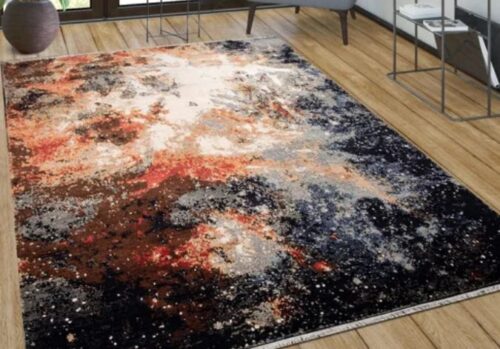
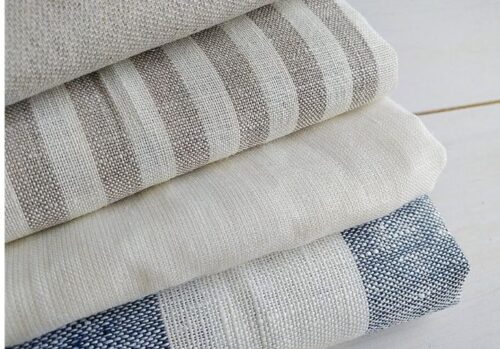
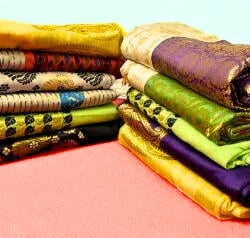
Bamboo-silk Vs Silk
Textile industry uses both bamboo silk as well the silk for natural fibers. Here are some differences and similarities between the two:
- Silkworms make silk from cocoons. While bamboo silk is made from cellulose fibers of bamboo plant.
- Bamboo silk feels soft but different from traditional silk. It’s less luxurious but defined silkier than cotton .
- Silk is more durable than bamboo silk.
- Silk and bamboo silk absorb moisture, helping to keep the wearer cool and dry.
- Bamboo silk is sustainable and eco-friendly. It is a sustainable source that needs less water and chemicals than traditional silk.
- Bamboo silk is less pricy due to lower making expense and the rareness of silkworm cocoons.
Choose between silk and bamboo silk based on cost, preference, and usage, weighing their respective advantages and disadvantages.
Bamboo Silk And India
As it has environmental impacts, Indian consumers are increasingly choosing for sustainable fashion with bamboo silk, leading to a rise in its popularity.
Bamboo is a long-standing material in India, utilized in textiles, construction, furniture, and handicrafts.
Bamboo silk gained popularity in Indian fashion industry over the past decade by more interest of designers.
Indian demand for eco-fashion boosted bamboo silk’s popularity, reflecting consumer interest in sustainable textiles.
India is promoting Bamboo as a sustainable resource due to its versatility.
Govt’s 2018 National Bamboo Mission promotes Indian bamboo cultivation and industry development.
Market cap of Bamboo

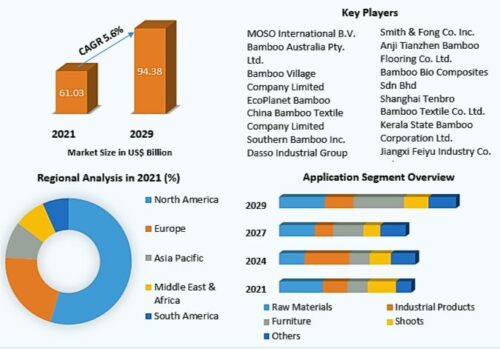
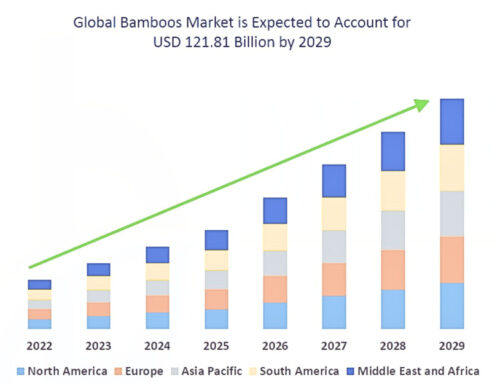
Price
The price range for bamboo silk can vary depending on the quality, origin, and manufacturing process of the fabric. Bamboo silk typically costs between $25 to $50 per yard on average. For high-quality or designer fabrics, the cost can go up to $100 or more. Some sellers might sell bamboo silk blends or fancy finishes like embroidery or printed patterns at a higher price.
Bamboo silk price depends on quality, seller, and intended use. When making a purchase, one should shop around to compare prices and quality.
Available Shopping Places
Depending on your location and shopping preferences, you can find bamboo silk clothing and textiles in a variety of places. Here are some common places to find bamboo silk products:
- Online retailers: Many retailers sell bamboo silk clothing and textiles online, including popular e-commerce websites like Amazon, Etsy, and Shopify. Specialized bamboo silk retailers such as “Bamboo Body”, “The Bamboo Shop”, and “Bamboo Village” are there a good go.
- Eco-friendly stores: Eco-friendly stores often carry a selection of sustainable clothing and textiles, including bamboo silk products. Look for stores like The Green Hub, The Green Collective, and Eco Life Goods.
- Fashion and clothing stores: Some fashion and clothing stores are now availing it as part of their sustainable fashion collections. Brands like Reformation, H&M Conscious, and Amour Vert have incorporated bamboo silk into their clothing lines.
- Local markets: Many local markets and independent retailers carry handmade bamboo silk products, like scarves, bags, and jewelry. Check out your local artisan markets or craft fairs to find unique bamboo silk items.
Bamboo silk products may be more or less available depending on where you are and how you prefer to shop. The more sustainable fashion becomes popular, it is becoming easier to find bamboo silk products online and in stores.
Hope you Find the Article useful. Please mention us (leave a comment) if something left or you want know more from us. Stay for more information on fashion textile. Thank you !

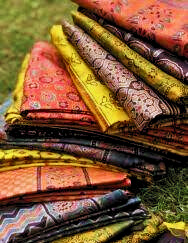
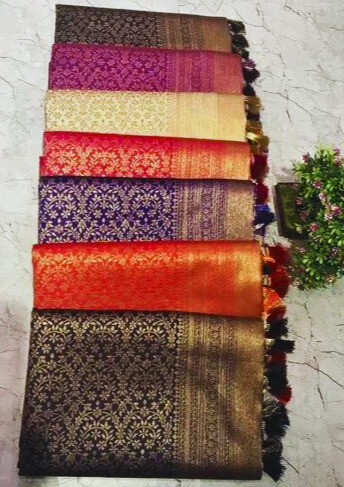

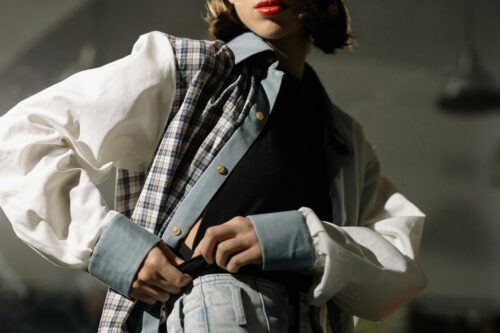
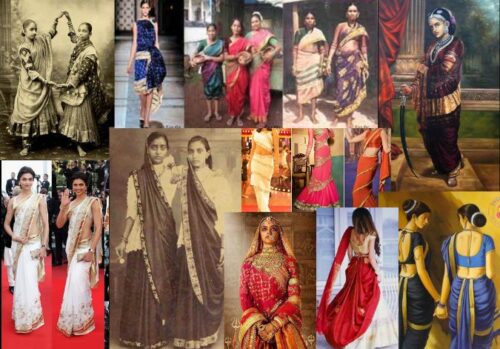
Very nice info.
Very informative
Beautiful content